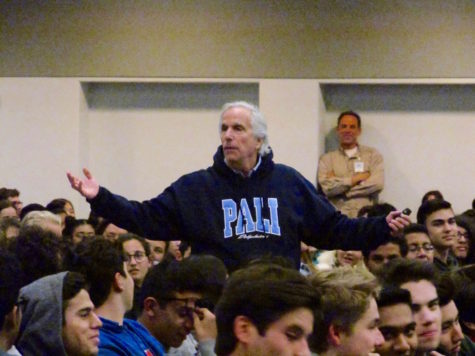Let’s Do It; Let’s Improve Sex Education Programs
According to the United Nations Population Fund (UNFPA), “Pregnancies among girls less than 18 years of age have irreparable consequences. It violates the rights of girls, with life-threatening consequences in terms of sexual and reproductive health, and poses high development costs for communities, particularly in perpetuating the cycle of poverty.”
Over the last decade, with exceptions in Iraq and the Philippines and a slight rise within the United States between 2005 and 2006, teen pregnancy rates have been declining worldwide, mainly due to more widespread sex education since the 1980s AIDS outbreak. However, these declining rates are not necessarily indicative of comprehensive sex education programs.
Comprehensive sex education programs encompass instruction on issues relating to gender roles, human sexuality (including emotional relations and responsibilities), human sexual anatomy, sexual activity, sexual reproduction, reproductive health, reproductive rights, safe sex, birth control and sexual abstinence. While Palisades Charter High School is lucky to have such a program, many schools in the United States — and the rest of the world — are not as fortunate.
Thirty-four percent of U.S. secondary schools describe themselves as providing “abstinence-only” sex education, with the state of Texas taking the strongest moral stance against teaching about contraception and the avoidance of sexually transmitted infections (STIs). This is problematic as a review of 115 program evaluations published in 2007 by the National Campaign to Prevent Teen and Unplanned Pregnancy found that two-thirds of sex education programs focusing on both abstinence and contraception had a positive effect on teen sexual behavior. The same study found no strong evidence that programs that stress only abstinence actually influenced teenagers’ decisions to delay sex or to reduce their number of sexual partners.
In fact, New Mexico, Mississippi and Texas, which have abstinence-only programs, have the highest teen pregnancy rates among girls aged 15 to 19.
The argument isn’t that we should be getting rid of abstinence education entirely — rather, we should be including education about other forms of contraception. By providing students with a variety of options, teens will be able to make safe and healthy decisions while not risking pregnancy or STIs. But contraception is not the only issue that should be covered in sex education classes.
A vast majority of sex-ed classes are focused almost exclusively on heterosexual relationships, but the United States encompasses a diverse population of people, including those who do not identify as heterosexual. It is therefore essential that members of the LGBT+ community have equal access to comprehensive sex education as it applies to them so that they learn how to safely have sex without risking STIs. Discrimination based on sexuality is illegal, and yet, most would agree that it is present in many of today’s health classes. Many health concerns that disproportionately affect the LGBT+ community are not adequately addressed in current sex-ed programs. Sex education should cover all kinds of sexual relationships.
Additionally, health classes need to address growing concerns over sexual assault and rape. U.S. News reports that nearly one in five female college freshmen is raped, a sobering statistic that illustrates just how serious the problem of campus rape has become. With supposed gray areas arising when victims are under the influence, it has become easier for perpetrators to get off scot-free as law enforcement often does little to address potential sexual assault cases. This is why it is essential that high school students are taught from an early age exactly why sexual assault is wrong, that no means no and that consequences will be severe if they go down the wrong path.
The question many Pali students may now ask is, why should I care? How does it affect me?
Pali students are affected as many students choose to opt out of Pali’s health classes in exchange for Brigham Young University (BYU) online classes. BYU is religiously affiliated with the Church of Jesus Christ of Latter-Day Saints, whose dogma emphasizes abstinence until marriage. While not technically “abstinence only,” the BYU course has been described by Pali students as more conservative, more lackluster and more shallow than the students would have liked. Many reported that there was a lack of details when discussing emotional relationships and responsibilities, human sexuality, reproductive rights and different forms of contraception.
While some might say that having a small amount of the school population who is uninformed about these topics isn’t detrimental to the community or knowledge available at large, there is a much larger population outside of Pali that only knows what courses such as BYU’s teach.
Pali’s program is to be applauded for its comprehensive approach, but it also should be replicated across the nation so that every student can have access to vital information about their sexual health.



